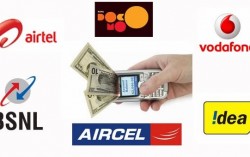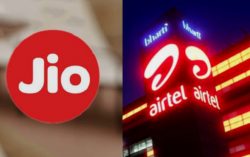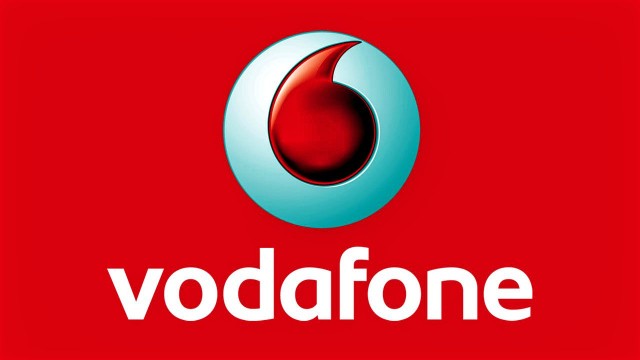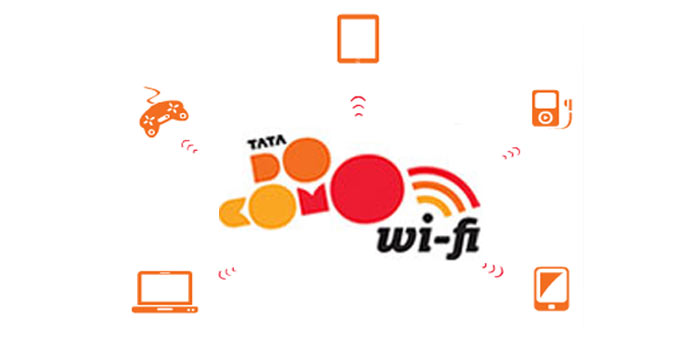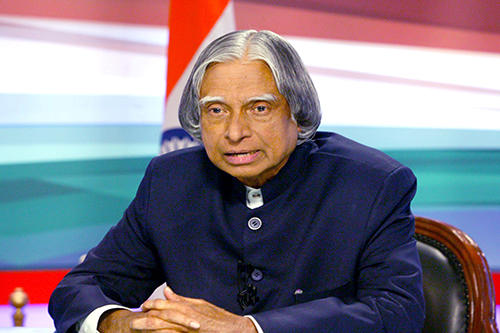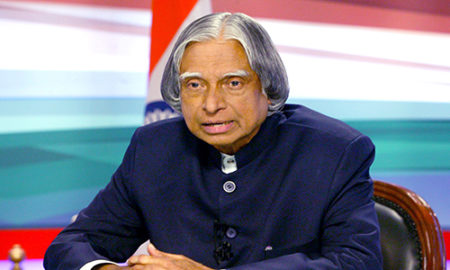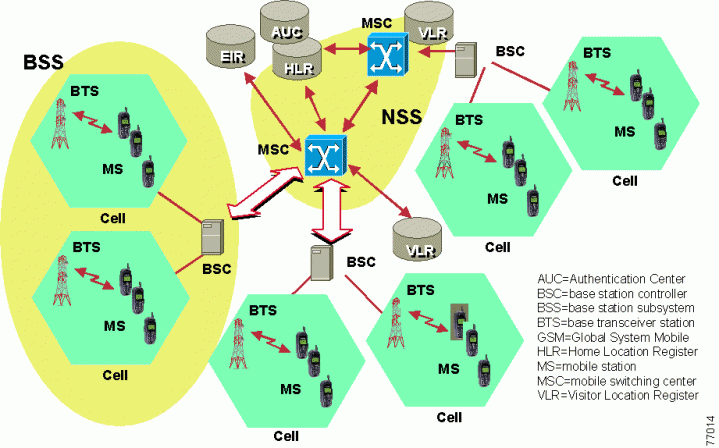
Primarily there are 2 Types of Networks: (India have both)
GSM (Global System For Mobile)
CDMA (Code Division Multiple Access)
Reliance CDMA, MTS and Tata Docomo have CDMA networks in India.
Vodafone, Airtel, Reliance GSM, Idea, Aircel, MTNL, Cellone(BSNL) etc use GSM network
Within GSM we have multiple frequency bands which are named as following:
GPRS
EDGE
UMTS
HSPA
LTE
The Band Frequency List is as follows:
GSM 850 / 900 / 1800 / 1900
HSDPA 850 / 900 / 1900 / 2100 – Europe
HSDPA 850 / 900 / 1700(AWS) / 1900 / 2100 – USA
LTE band 1(2100), 3(1800), 5(850), 7(2600), 8(900), 20(800), 38(2600), 40(2300) – Europe
LTE band 1(2100), 2(1900), 4(1700/2100), 5(850), 7(2600), 8(900) – USA
There are variations based on different locations and countries.
Once you insert the SIM into your device, the SIM generates a message and sends it over to the server at the Service provider.
This message contains information like
1. The SIM number.
2. The IMEI of your device. ( for a multi-sim phone the IMEI will be of the slot you put the SIM into)
3. The Location.
4. The Phone Model Number.
5. Service Active or Not. (In case you are a new customer some Operators want you to call a specific number to get the service activated, so the service active will go as NO.)
Now lets have a look at what exactly happens when you place a call:-
First and foremost the phone checks if you are connected to a network… If you aren’t it sends out a message saying Mobile Network Unavailable.
Now once your handset finds network, it exchanges some information with the BTS and Registers your Sim to the Network.
Now when you press the call button, a chain on information flow is eastablished as follows
Your device ——> BTS —–> BSC ——-> MSC ——> Destination BSC ——-> Desitnation BTS ——–> The person You called.
Your phone will send out information about where you are and the person you’re trying to reach to the BTS (Base transreceiver station). Each cell will have a BTS and your phone will connect to the closest one simply because it has the best signal strength.
Next, the BTS will connect to the BSC (Base Station Controller) which is essentially a hub that has numerous BTSs connected to it and from there on, the BSC connects to the Mobile Switching center (MSC).
Now, the MSC is where the magic happens. The MSC has a bunch of registries/databases called the HLR, VLR, AUC and these are used to look up the details of the person you’re trying to reach. Depending on where you are (home location ie. where your number is registered/ visitor location ie a different city) and also where the other person is, the MSC directs your call to the appropriate BSC. This is also where there is an authentication to make sure that everything is in order (ie. you haven’t stolen a phone or its not a number flagged by the police) and also the billing for each call.
And then, following a similar link setup, the call finally reaches the person you’re calling. Oh, and all this, takes less than a millisecond!! How crazy is that?!
Now that we know how you can call someone, lets talk about those times when you simply lost the connection in the middle of an important discussion. Imagine you’re in a car going home and you’re calling you mom to ask what’s for dinner. What happens in this case?
Its logical that you cannot stay connected to one BTS as you keep getting closer to home. So lets take a look at what happens when you cross from one cell to another.
There is a process called handoff which, like the name suggests essentially hands off you’re connection to a different cell. As you get closer to the edge of a cell, you’re phone’s signal strength reduces and this is an indication for a handoff to be triggered. There can be two ways in which handoff is performed
Hard Handoff: In this case, the phone’s connection is broken completely from one cell and its BTS before it gets a connected to a new cell. This happens so quickly that it isn’t usually noticed by the end user but still, it isn’t the best way to do a handoff. Its sometimes called the break before make type of handoff.
Soft Handoff: Here, the phone’s connected to a new cell before its connection the the first BTS is broken. Of course, this is a more costly model of handoff, however it ensures that there is no break during handoff. Its also called the make before break type of handoff.
Now, handoffs aren’t just performed when you switch cells. They can also happens sometimes when the channel you’re using needs to be changed. This can happen within a cell and in such cases, you’re relative speed or movement from one cell to another has nothing to do with the triggering of a handoff.
Yet another reason is when there are a large number of people in a particular cell and its past its capacity and in such cases, it hands over the call to an adjoining cell provided that the adjoining cell has enough signal strength to complete the call.
Now lets come to the Second part CDMA
Code Division Multiple Access (CDMA) is the second type of technology used by telecom providers.
CDMA phones can be without a SIM card or with a SIM Card
The phones without SIM are provider specific and have a pre-programmed identifier that is compatible with only one specific Service provider
In a SIM based CDMA phone the Service provider provides a SIM (Similar to that of a GSM SIM) and it needs to be put in the phone to activate service.
The first CDMA phones introduced in India were by Reliance and were Powered by Qualcomm2000 processors.
CDMA requires a bit more processing power as compared to traditional GSM technology. It’s a “code division” system. Every call’s data is encoded with a unique key, then the calls are all transmitted at once. The receivers each have the unique key to “divide” the combined signal into its individual calls.Code division turned out to be a more powerful and flexible technology, so “3G GSM” is actually a CDMA technology, called WCDMA (wideband CDMA) or UMTS (Universal Mobile Telephone System). WCDMA requires wider channels than older CDMA systems, as the name implies, but it has more data capacity.


